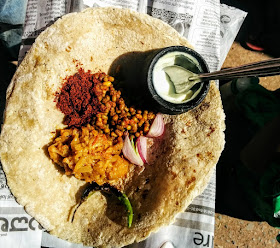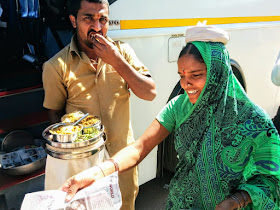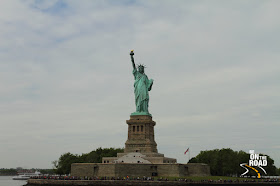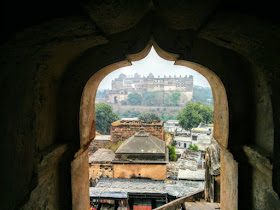If you speak to most people who have never been to the
city state of Singapore, there are always the same clichés, stereotypes and half-truths that come out. “It’s so expensive, you get thrown in jail for having chewing gum, and the HEAT!” The same people who trot these statements out will probably have trouble pointing to Singapore on a map, never mind being able to give valuable travel advice about the country. So yes, while there is an element of truth to some of these apocryphal tales, I feel it’s my duty to put the record straight, and let you know the truth about the Lion City.
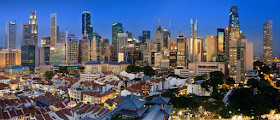
Is it Expensive?
Look at any top 10 most expensive cities in the world list and Singapore is going to be in it, usually in the top one or two places. The problem with these lists is that the factors that they are based on, are for those who live there, and include property prices and school fees. Singapore is a small island, and it houses the Asian headquarters for pretty much every company on the planet. Of course property prices – particularly near the CBD (central business district) are going to be steep. Plus, the number of expats in Singapore, many with families, means there are a large number of good international schools. This means the figures are always going to be skewed. Take those out, and you are left with a country that is still expensive in Asian terms but certainly not when it comes to comparisons with much of Europe and North America.
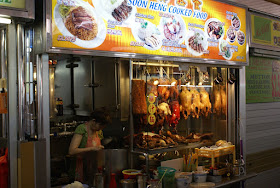
Transport is clean and cheap, but the thing most people come to Singapore for is the food, and it not only boasts some of the best and most varied on the planet, it’s also some of the cheapest. The hawker centres – open air complexes housing many different food vendors - are an institution. You can pick up what could very well be one of the best meals you’ve ever had in your life for between S$2 and S$5.
Is it a Police State?
Singapore has practically no crime. There is never a time – no matter where you accidentally stray – where anyone, man or woman will feel uneasy, whatever time of night. You are also very unlikely to see any police on the streets. There are reasons for this, that are too long and drawn out to go into here, but a fairly draconian policy on crime and drugs in particular is certainly one of them. It is also untrue that gambling is illegal. There are some restrictions, but the island has several casinos, and though a $100 fee is charged for locals, tourists and non-Singaporean residents can enter for free, to play the multitude of slots or card tables round the clock.
Is There any Culture?
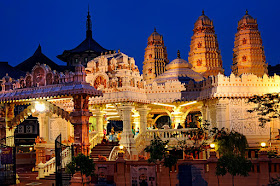
While it is true that Singapore is a relatively new country, and doesn’t have the cultural history of a lot of its neighbours, many of the locals have brought their own culture in from India, China, Malaysia and Indonesia. The enclaves of China town, Little India and Kampong Glam are fascinating places to visit and dine out in, and the island also boasts some of the most renowned art galleries and museums in Asia if not the world.
Just How hot is it?

It is South East Asia, a stone’s throw from the equator, of course it’s going to be hot. It is in no way as hot as many of the surrounding countries however, mainly due to the fact it’s a small island, surrounded by water. And anyway, is all year round temperatures in the low to mid 30’s really a bad thing?
Note: The photographs in this article have been borrowed from wikimedia commons and each photograph has been linked to its host page on wikimedia commons site.
